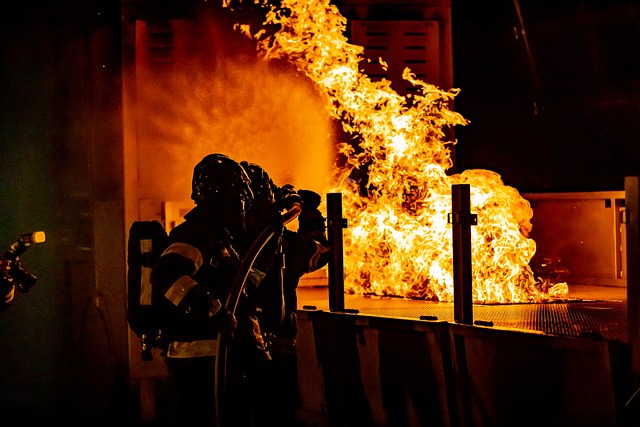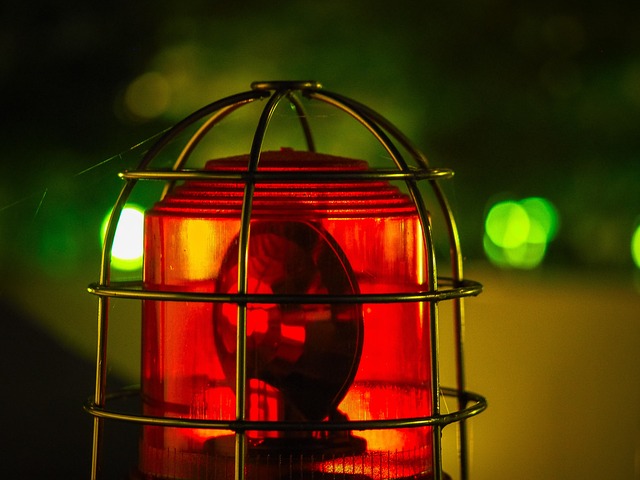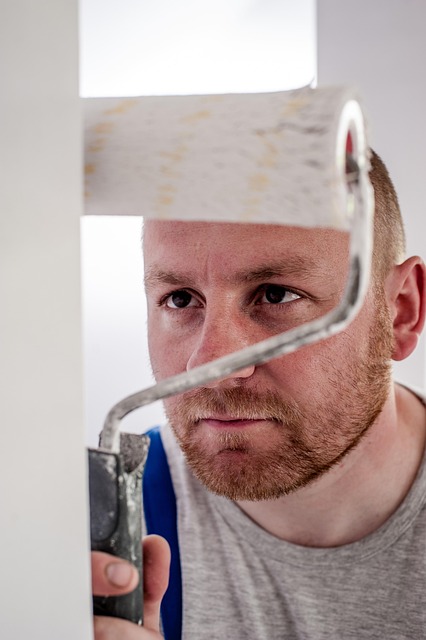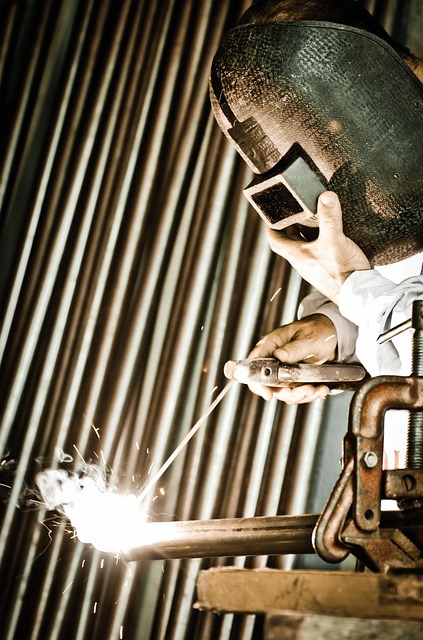When a heater stops working, quickly identify common issues like reduced heat output, unusual noises, and inefficient energy use. Prioritize safety by shutting off gas or electricity supply. Contact local emergency heating services for swift diagnosis and repair. Inspect faulty parts like thermostats, heating elements, and vents. After repair, test and adjust settings for optimal performance and energy efficiency.
Facing a broken heater can be unsettling, especially in cold weather. However, swift action can mitigate discomfort and prevent further damage. This guide walks you through fixing your heater quickly and safely. From assessing common issues like malfunctioning thermostats or faulty wires to replacing parts and testing performance, each step ensures your emergency heating repair is effective. Gear up with the right tools, know when to shut off power, and follow clear diagnosis and resolution procedures for a cozy home again.
- Assess the Heater's Issue: Identify Common Problems
- Gather Essential Tools and Safety Gear
- Turn Off Gas or Electricity Supply
- Diagnose the Faulty Component
- Replace or Repair Identified Parts
- Test and Adjust for Optimal Performance
Assess the Heater's Issue: Identify Common Problems

When faced with an unexpected break in your heater’s performance, assessing the issue is the first step towards quick and effective emergency heating repair. Understanding common problems can help homeowners and tenants navigate these situations more confidently. Signs of a failing heater include reduced or no heat output, unusual noises during operation, and inefficient energy consumption. If your heater is older than 10 years, it’s increasingly likely to experience breakdowns due to wear and tear.
Common reasons for heater breakdown span from malfunctioning thermostats to issues with the heating element or burner. Portable heaters are especially prone to problems like broken controls, leaks in the heating chamber, and worn-out fins. Accessing a portable heater repair manual can be invaluable when troubleshooting these issues. Regular maintenance such as cleaning or replacing filters, checking for gas leaks, and ensuring proper ventilation play significant roles in preventing future breakdowns and extending your heater’s lifespan.
Gather Essential Tools and Safety Gear

Before tackling any emergency heating repair, it’s crucial to equip yourself with the right tools and safety gear. For most basic boiler repairs or fixing a faulty electric heater, you’ll need a few essential items. Start with a voltage tester to ensure safe handling of electrical components, a multimeter for checking power supply, and an assortment of screwdrivers and pliers tailored for your specific heater model. Don’t forget protective gear like work gloves and safety glasses. These preparations will not only enhance efficiency but also guarantee your well-being during the repair process.
Additionally, having readily available replacement parts can significantly speed up same-day heating service calls. Common issues like a faulty thermostat, loose connections, or a failing heating element often require immediate attention. With the right tools and some basic knowledge, you may be able to resolve these problems quickly, restoring warmth to your space in no time.
Turn Off Gas or Electricity Supply

Before attempting any emergency heating repair, the first step is to ensure your safety by turning off the gas or electricity supply to your heater. This crucial action prevents accidents and protects you from potential hazards during the repair process. When dealing with gas heaters, close the valve located on the fuel line or turn off the main gas supply at the meter. For electric heaters, simply switch off the circuit breaker associated with the heater’s circuit or disconnect the power supply at the main electrical panel.
By following these emergency heating safety tips, you’ll be able to address signs of a failing heater more effectively and find quick solutions for heating issues without risking injury or property damage.
Diagnose the Faulty Component

When dealing with a broken heater, quick action is key to staying warm during cold spells. The first step in any emergency heating repair is to Diagnose the Faulty Component. Start by observing the signs of a failing heater, such as reduced heat output or unusual noises. These could indicate problems with the burner, thermostat, or ductwork.
If you suspect a specific issue, like a malfunctioning thermostat, consider contacting local emergency heating experts who can provide the best emergency heating services. They are trained to swiftly identify and address common issues that may not be immediately apparent. Remember, timely diagnosis is crucial in minimizing disruptions to your comfort and safety during adverse weather conditions.
Replace or Repair Identified Parts

When it comes to emergency heating repair, identifying and replacing or repairing the faulty parts is crucial. Start by inspecting common problem areas such as the thermostat, heating elements, and vents for any signs of damage or wear. A leaky heating duct can cause significant energy loss and may be a simple fix with some sealing tape or a more complex repair involving replacement parts.
For electric heaters, check the power supply and wiring connections. A faulty electric heater could be a safety hazard, so ensure all electrical components are in good condition. If you’re comfortable doing so, attempt affordable urgent heater fixes yourself. However, if the issue seems beyond your skill level or persists despite initial attempts at fix a leaky heating duct or fix a faulty electric heater, it’s best to call in professional help for reliable and long-lasting solutions.
Test and Adjust for Optimal Performance

After identifying and rectifying the issue with your heater, it’s crucial to Test and Adjust for Optimal Performance. This step ensures that your emergency heating repair has been successful and that your system is operating efficiently. Begin by checking the temperature settings; ensure they are correctly calibrated to match the desired room temperature. A simple adjustment could significantly improve heat distribution throughout your space.
Additionally, verify the functionality of the thermostat, as a faulty one can lead to improper heating. Consider conducting a series of tests to monitor the system’s response to temperature changes. This process involves turning the heater on and observing how quickly it reaches the set temperature while noting any fluctuations or inconsistencies. Such adjustments will not only enhance comfort but also contribute to energy conservation, making your commercial heating system fixes more cost-effective in the long term.
In the event of an emergency heating repair, a swift and systematic approach is key. By following these steps—assessing the issue, gathering the right tools, turning off supplies, diagnosing the problem, replacing or repairing parts, and testing performance—you can get your heater up and running again quickly and safely. Remember, prompt action on common problems can prevent larger, more costly repairs down the line.
